From March 10 to June 2, 2024, the Municipal Museum of Modern Art in Ascona, Switzerland, will present the first in a series of exhibitions that will enhance the holdings of 189 works granted on permanent loan by the Werner Coninx Foundation in Zurich, among the most important and substantial in Switzerland, which in fact decided in 2016 to deposit the essentials of its collection in a number of Swiss museums in order to make it accessible and visitable by a wide public through exhibitions and publications.
The Ascona exhibition, titled Kandinsky, Klee, Marc, Münter ... and Others. Expressionists from the Werner Coninx Foundation, focuses on the research of 14 artists, all of whom share a common affiliation with Munich’s lyrical expressionism. Prominent among them are the founders of the Neue Künstlervereinigung München(New Association of Munich Artists) and the Blaue Reiter (Blue Rider), such as Vasily Kandinsky, Gabriele Münter, Marianne Werefkin, and Franz Marc, their friends or acquaintances August Macke, Paul Klee, Heinrich Campendonk, Louis René Moilliet, and Richard Seewald, or the exponents who were close to their outcomes, Adolf Hölzel, Conrad Felixmüller, Robert Genin, Andreas Jawlensky, and Ignaz Epper.
The exhibition, consisting of 82 works, including paintings and graphics, opens with Marianne Werefkin, a key figure both theoretically and practically in the founding of the Neue Künstlervereinigung München. In particular, the focus is on her work Autumn - School of 1907, which already presents those expressive elements of “subjectification” of reality, typical of the stylistic signature of Paul Gauguin, the Nabis and the Fauves, with whom Werefkin had been confronted since her trip to France in 1903. A way of proceeding that became decisive for the transition from still neo-Impressionist stylistic features to expressive and synthetic ones for both the art of Alexej Jawlensky and that of the couple Wassily Kandinsky and Gabriele Münter, which took place between 1908 and 1909, during their summers of study in Murnau, in the Bavarian foothills of the Alps. This period, referred to by critics as the “cradle of abstraction” for Kandinsky’s art, witnessed his evolution in the use of colors in an increasingly expressive and symbolic sense, as seen in the woodcut Archer of 1908-1909, from the Kunst Museum Winterthur, in which there are echoes of the domes of his beloved Moscow and the theme of the knight. Then, alongside Kandinsky’s woodcuts, one encounters works by Gabriele Münter, Summer Flower Bouquet, Wool (oil on cardboard) from 1908 and Waiting Children (etching on paper) from 1910, which document how increasingly abstract his style was becoming.


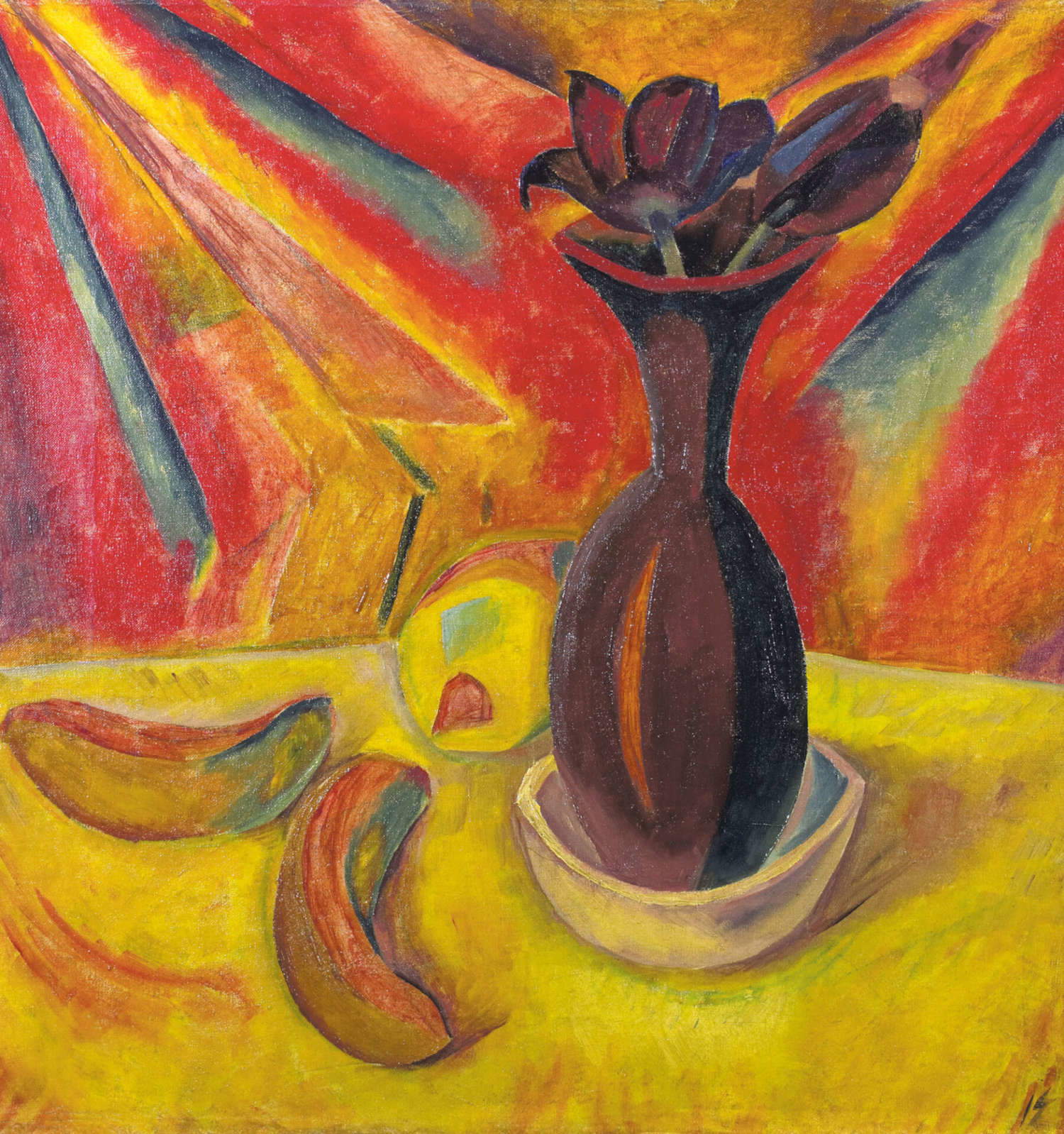
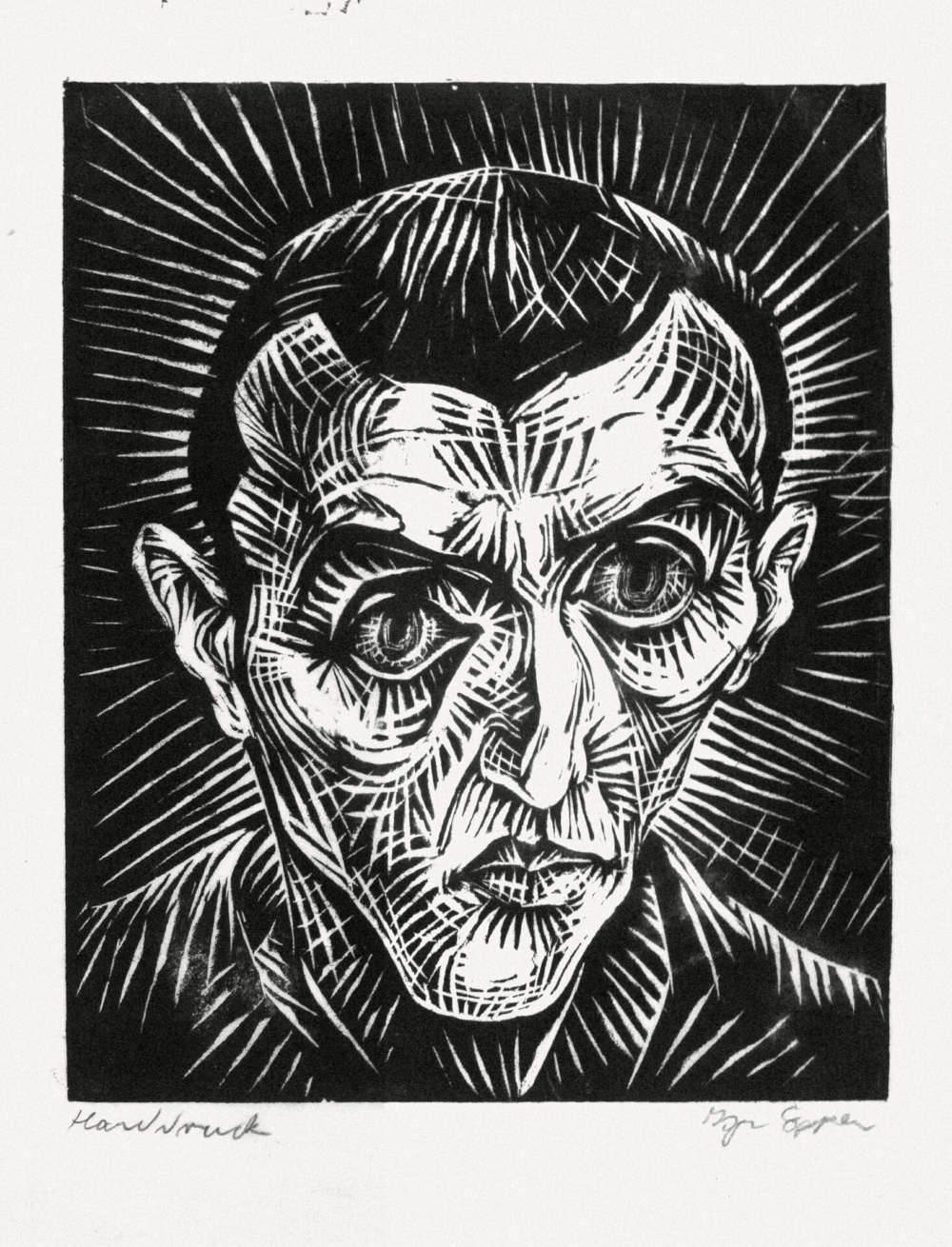


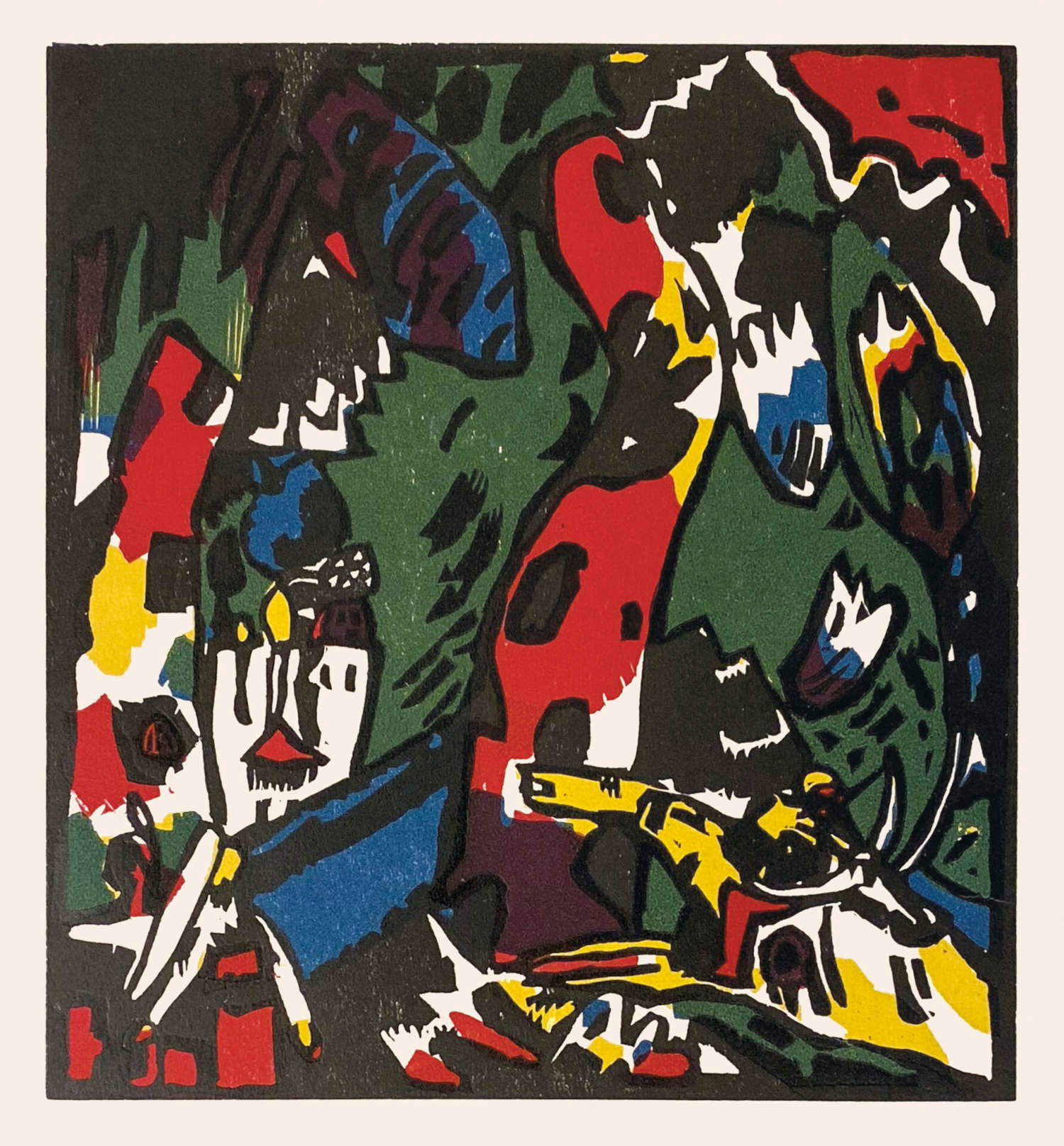
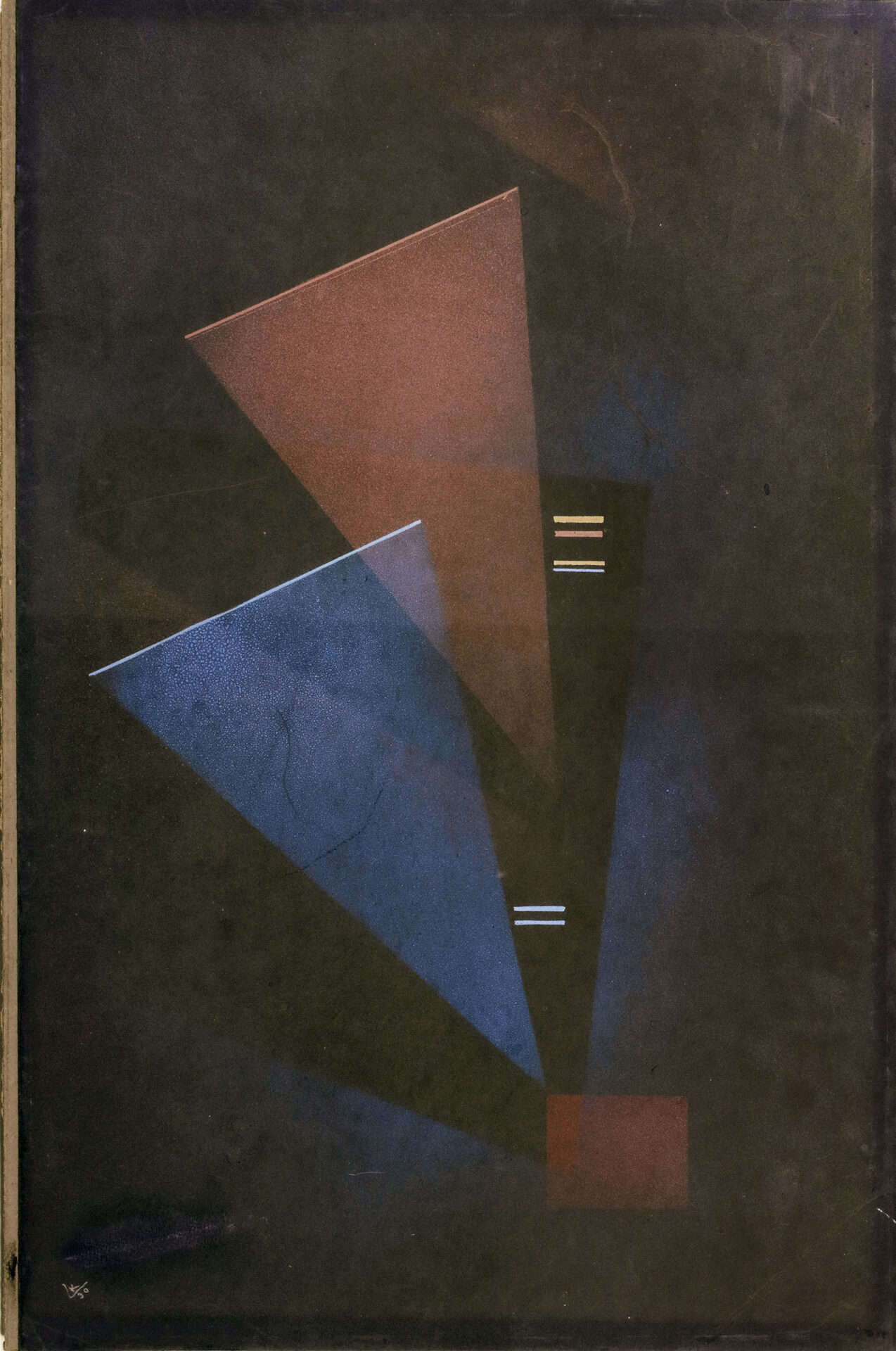
The same section features Franz Marc’s extraordinary black-and-white woodcuts of animal subjects made between 1912 and 1913 on paper or Japanese paper for the Tierlegende (The Legend of the Animals) series, in which his love of nature and its creatures from a young age led him on a long journey of analysis and identification with the forms and attitudes of his animals.
The exhibition continues with the Rhine artist August Macke, whose Sleeping on the Couch, a 1911 painting from the Kurt and Barbara Alten Cultural Foundation, is presented, featuring the artist’s wife, as well as model and muse, Elisabeth Gerhardt.
Particular is the story of August Macke; invited by his fraternal friend Franz Marc to join the Neue Künstlervereinigung in Munich, Macke failed to appreciate Kandinsky’s ideas and art from the start, which were too “spiritual” and radical for his pragmatism, little inclined to a metaphysical and spiritual reading of art.
His style, formed in the manner of French Impressionism and Post-Impressionism, went through a fauve period from 1912, then shared the Blaue Reiter aesthetic only briefly. By 1912, Macke’s meeting with Robert Delaunay in Paris represented a revelation of sorts. In fact, the Frenchman’s Orphic Cubism influences his production from there on, along with the simultaneity of the Italian Futurists, as can be seen in his famous Showcases and, in the exhibition, in the more abstract drawings, as in Iole in the harbor of 1912/1913, or the pencil Elisabeth (1912), linked to Teste futuriste (Elisabeth) of 1913 from the Kunsthalle Bremen.
The exhibition also features some works with scenes of urban life, a subject already practiced since Macke’s years of looking to Impressionism, all from the collection of Werner Coninx in Zurich, such as the pencil Man Reading and Dogs from 1911, the pencil study Coffee-Driver from 1912, and the charcoal Street Scene from 1913. To make the exhibition about the artist as wide-ranging and complete as possible, one can see Abstract Forms IV from 1913, the year in which he chose to move to Lake Thun in Hilterfingen, Switzerland, where he welcomed his friends Paul Klee and Louis Moilliet, with whom he would leave the following spring for the famous trip to Tunisia.
In the North African country, the three devoted themselves to delving into watercolor technique; Macke, bringing back watercolor drawings in oil as in Rocky Landscape from the Kurt and Barbara Alten Cultural Foundation. Moilliet, transforming Orphic suggestions derived from Delaunay, into the earthy colors of Africa, as his delicate watercolors attest. The selected works testify to Moilliet’s excellence in this technique, which he favored for much of a life spent reasoning in terms of color and form, while never totally abandoning figurative references, and which predated the abstract art of Kandinsky, documented here with the oil painting Composition of Triangles (1930) from the Coninx collection.
In it we find primary geometric forms such as triangles, typical of Kandinsky’s teaching period at the Bauhaus (1922-1933) in which the triangular figure of the mountain theme typical of the Blaue Reiter returns, while the two woodcuts, in black and white and in color from the Kunst Museum Winterthur, testify to the gradual transition from ageometric abstraction to the insertion of biomorphic forms and a greater freedom in the use of a free, calligraphic line, characteristic of the artist’s Paris period.
Paul Klee, exhibited alongside faithful lifelong friends Moilliet, Macke and Kandinsky, is featured with The Red House of 1913, donated by Werefkin to the City of Ascona on the occasion of the founding of the Municipal Museum in 1922. It is a painting with a simple, childlike graphic design, soft colors and synthetic, vibrant lines, in which a masterful knowledge of complementary and contrasting color theories emerges. In the two drawings Head (man with beard) (1925) and Skater (1927) in the Coninx collection, the figures appear concisely delineated: through a few strokes (vertical and horizontal lines, zigzag lines, circles, symbols), the artist achieves a composition that is ironic but which, on second glance, arouses a sense of disturbance.


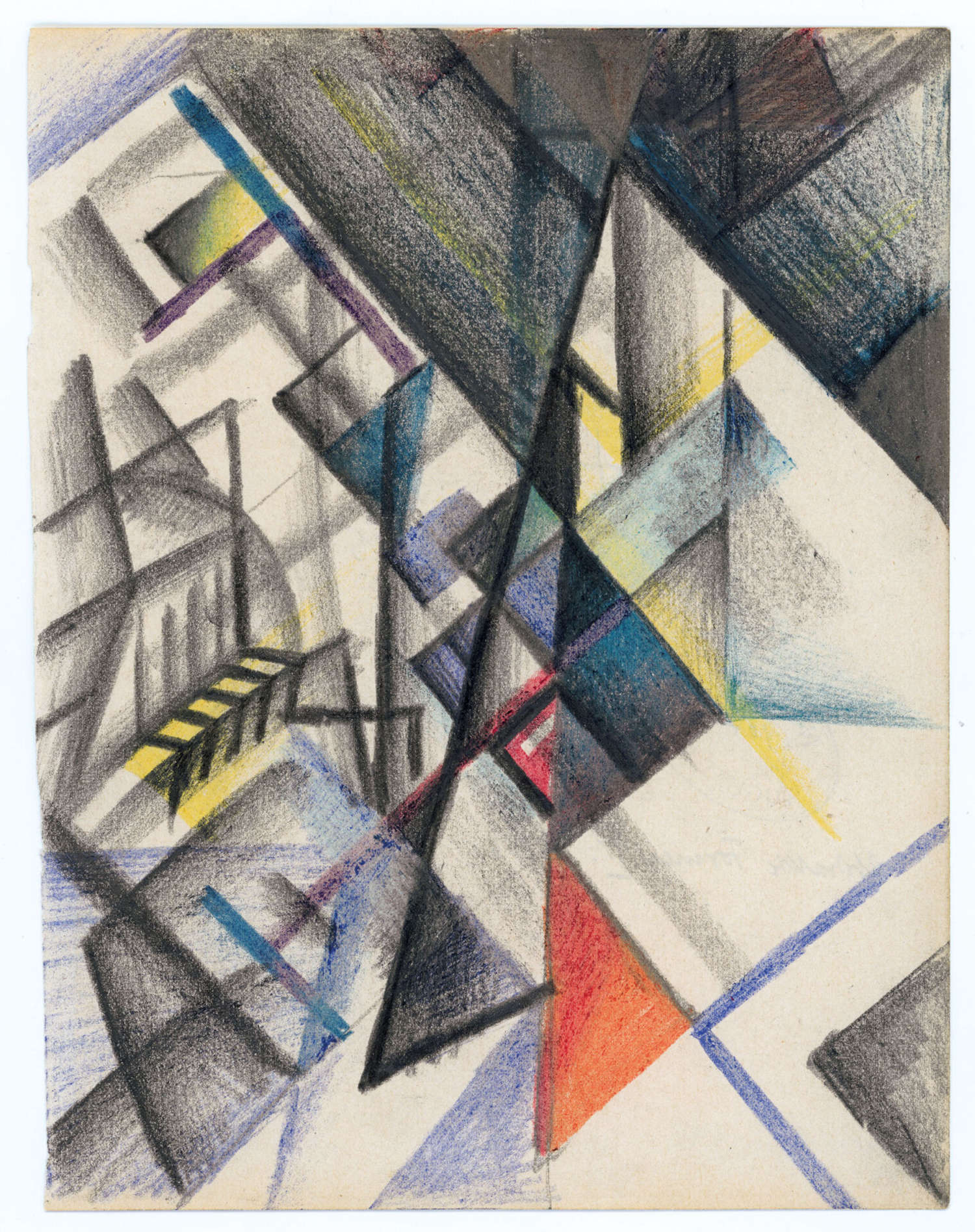
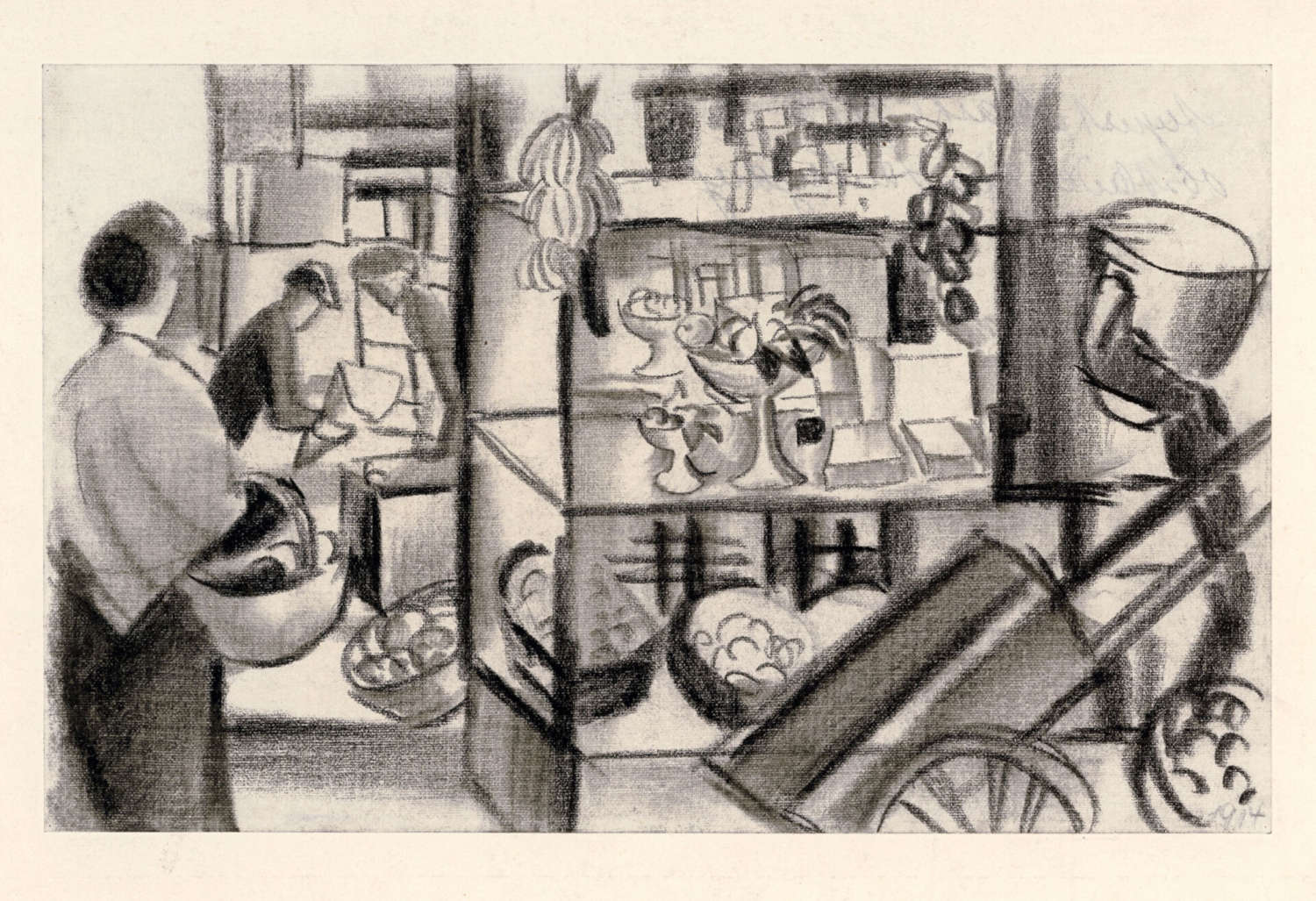


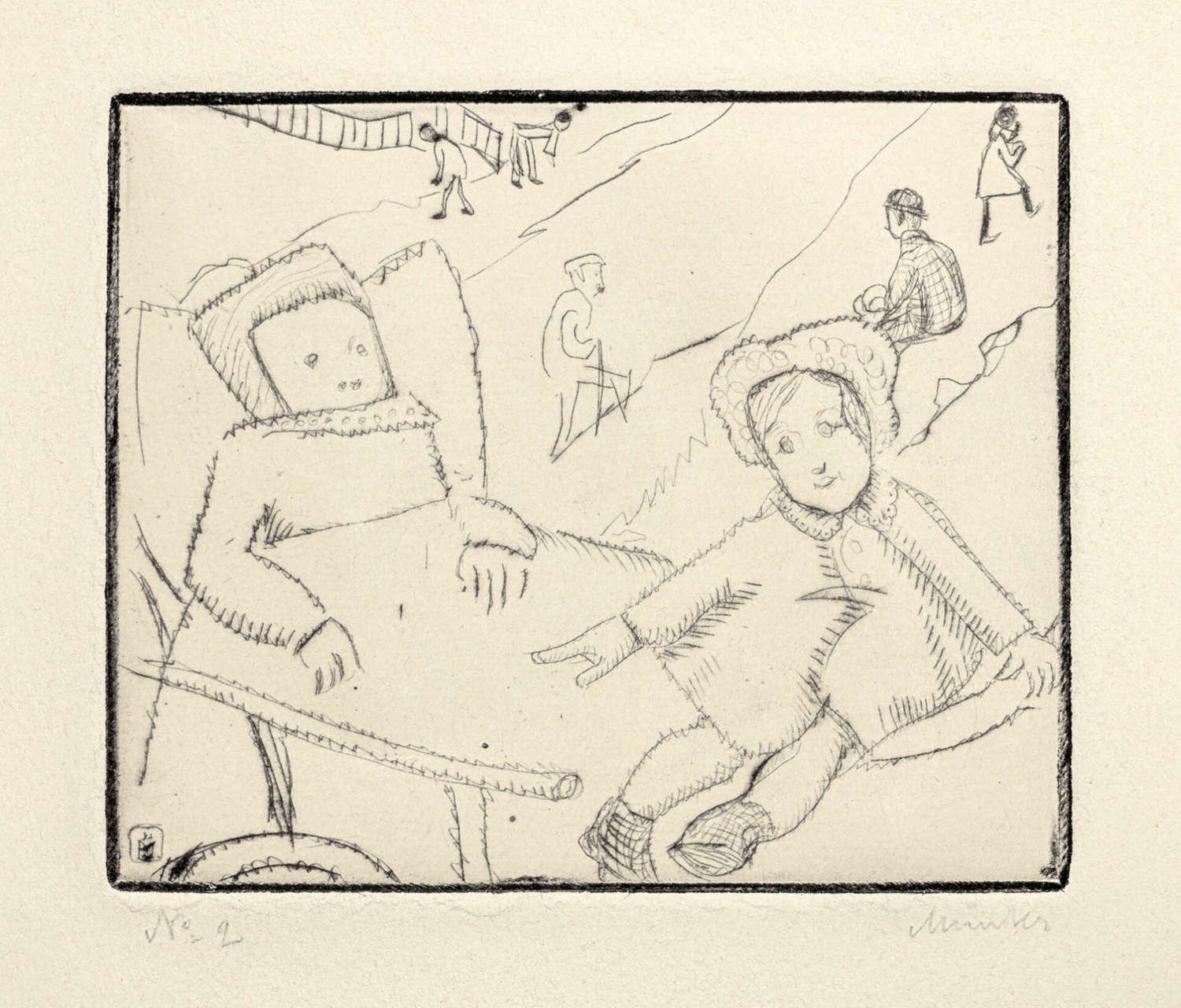
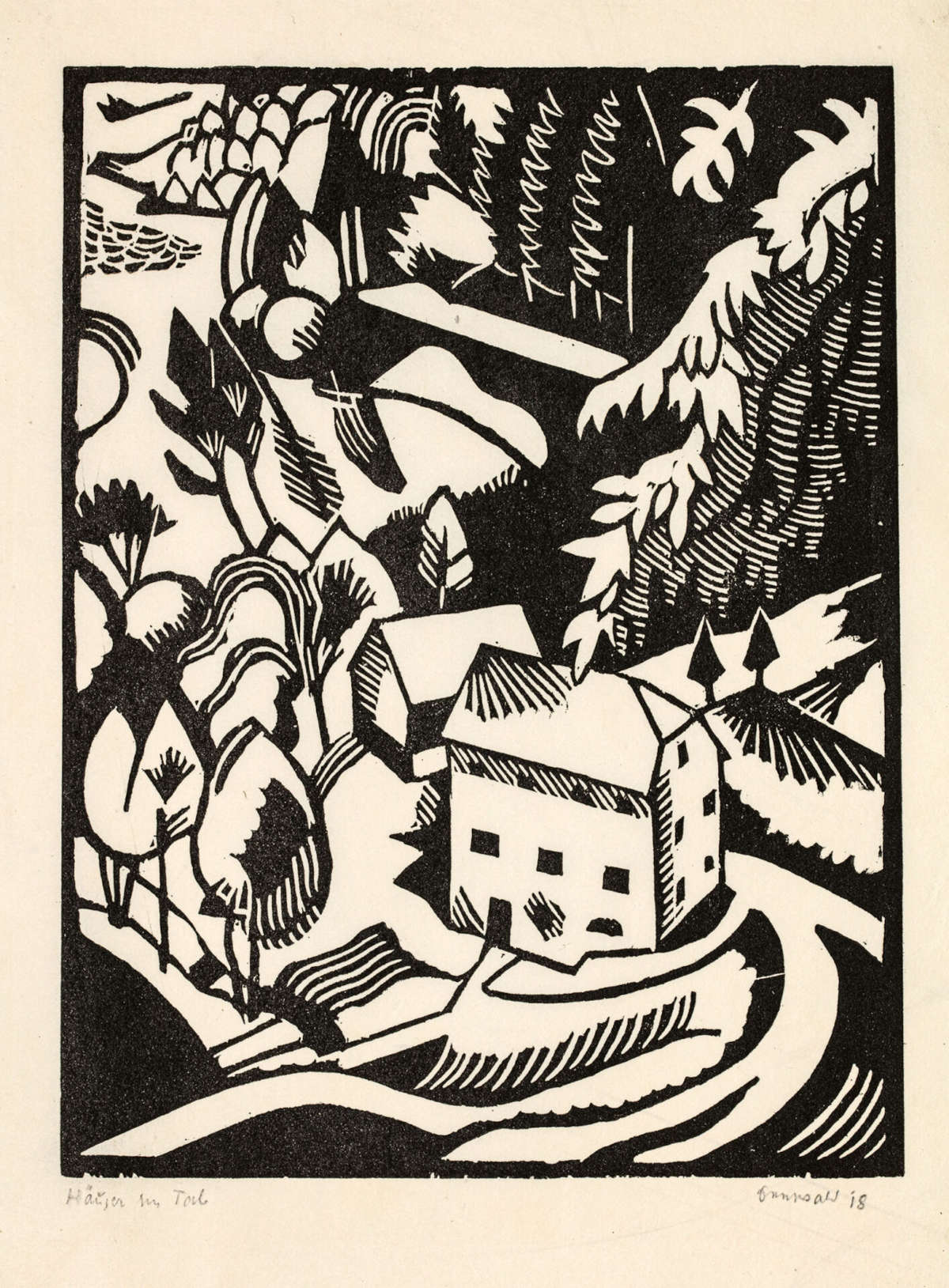
![Marianne Werefkin, Hôtel du L[ac] (1920s; India ink and tempera on ruled paper, 21.8 × 17.5 cm; Werner Coninx Collection, permanent loan at the Municipal Museum of Modern Art Ascona) Marianne Werefkin, Hôtel du L[ac] (1920s; India ink and tempera on ruled paper, 21.8 × 17.5 cm; Werner Coninx Collection, permanent loan at the Municipal Museum of Modern Art Ascona)](https://cdn.finestresullarte.info/rivista/immagini/2024/fn/marianne-werefkin-hotel-du-lac.jpg)
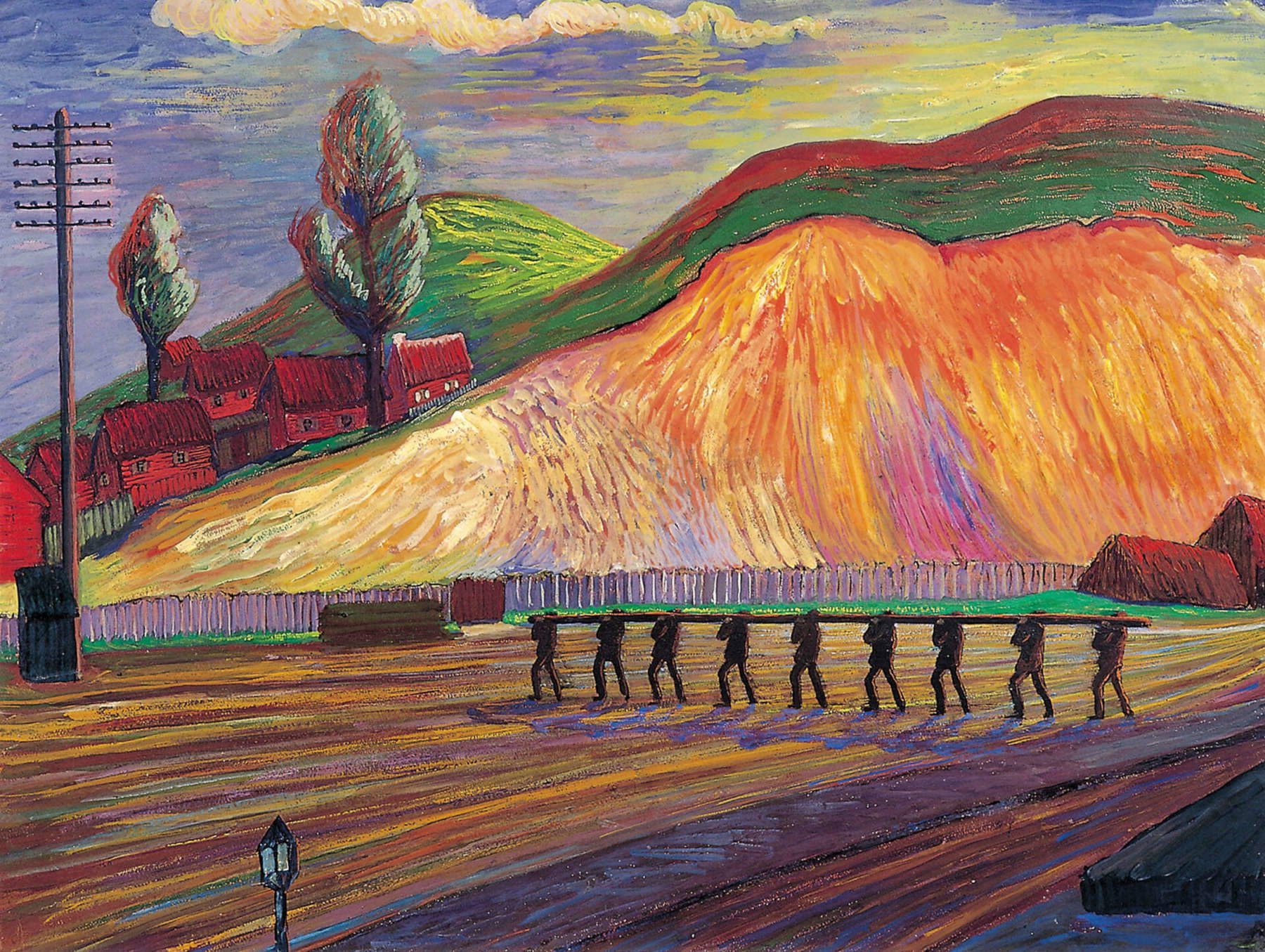
Continuing along the path, one encounters the graphic works of Heinrich Campendonk, Conrad Felixmüller and Richard Seewald, which, taken together, allow one to appreciate the skillful as well as ancient technique of woodcuts with a very expressive clean cut, both in the black-and-white and watercolor examples.
Campendonk and Felixmüller belong in terms of age and training to the so-called second generation of German expressionists, in which themes of an ethical, social and political nature - consequent to the end of World War I - become central in their works, between 1915 and the end of 1920, to denounce discrimination and social dramas (Campendonk), or, to exalt the reassuring values of the family (Felixmüller). Among them, one includes Richard Seewald, who of the graphic arts is a master: until the end of the 1920s, he produced a considerable number of works using all graphic techniques, not only as stand-alone works, but also in the editorial sphere, intended for the illustration of books by various authors, as well as his own. In the collection of the Werner Coninx Foundation are Sodom and Gomorrah (1914) and Paradise (1915), which are part of the series of 10 woodcuts on the Bible published in 1916 in 250 hand-colored copies.
The exhibition is completed with works by the Swiss Ignaz Epper, and Russians Andreas Jawlensky and Robert Genin, who enlivened Ascona’s cultural environment between the two world wars.
For all information, you can visit the official website of the Municipal Museum of Modern Art in Ascosa.ì
 |
| From Kandinsky to Klee, Zurich's Coninx Foundation's avant-garde movements on display in Ascona |
Warning: the translation into English of the original Italian article was created using automatic tools. We undertake to review all articles, but we do not guarantee the total absence of inaccuracies in the translation due to the program. You can find the original by clicking on the ITA button. If you find any mistake,please contact us.